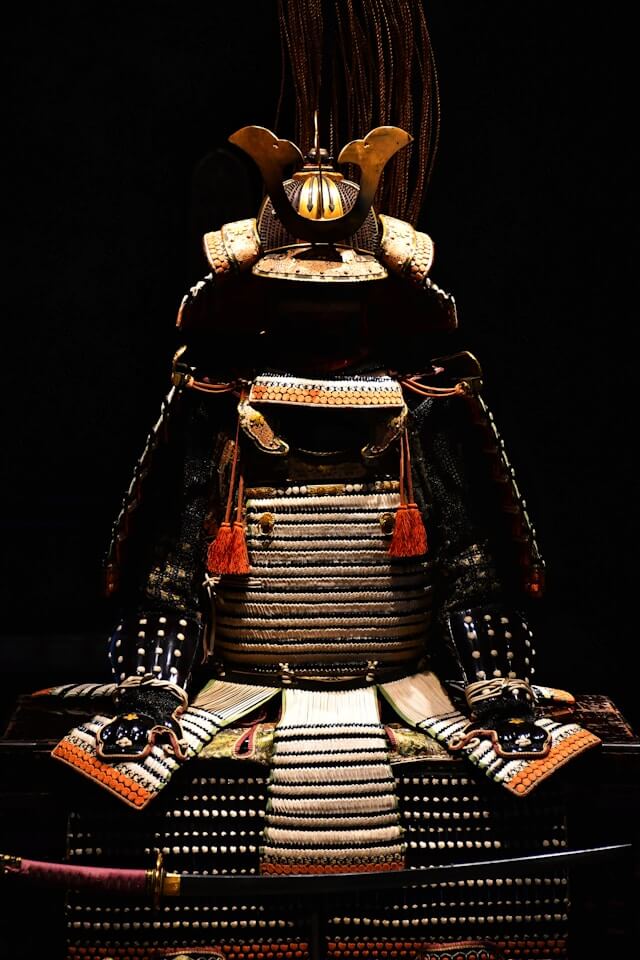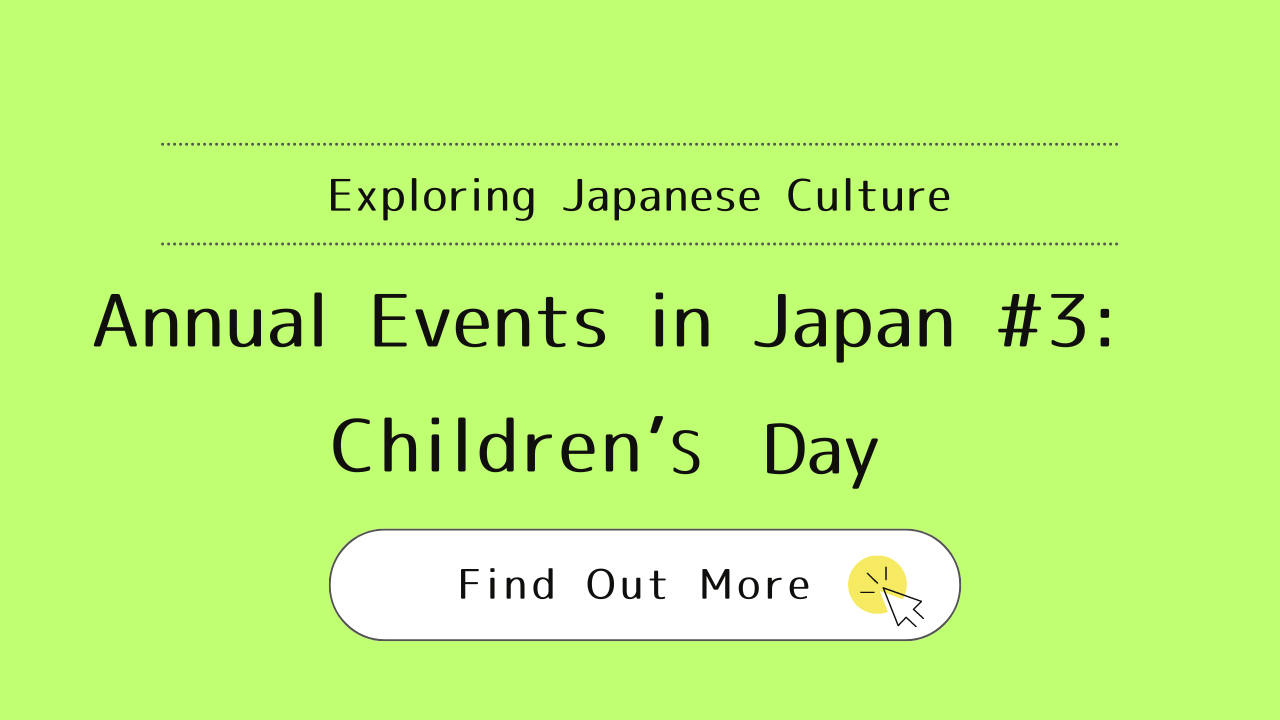
Introduction
Children’s Day, known in Japan as こどもの日 (Kodomo no Hi), is celebrated each year on May 5th. Originally dedicated to boys, this vibrant festival now honors all children, promoting their happiness, growth, and well-being. In this post, we’ll explore the traditions and symbols associate with Children’s Day and how families across Japan celebrate this significant occasion.
What is Children’s Day?
Children’s Day was initially called “Boy’s Day” similar to the “Girl’s Day” held on March 3rd. Unlike Girl’s Day, Children’s Day is a national holiday in Japan. Families take this day to focus on the health and success of their young ones, particularly boys, by engaging in various traditional practices. The day is filled with activities and decorations that symbolize strength and success.
Traditions and Celebrations
A key tradition of Children’s Day is the flying of 鯉のぼり (Koi Nobori), or carp streamers. These colorful kites, shaped like carp, are hoisted outside homes and flutter in the wind. Carp were selected as a symbol for this day because of their legendary strength and determination to swim against the current and even leap up waterfalls. This resilience is admired and seen as a desirable trait that parents wish upon their children. Additionally, households often display samurai helmets and armor, which are seen as symbols of protection and bravery.

Fukinagashi Streamers
On top of the Koi Nobori, you’ll often see 吹流し (Fukinagashi), which are colorful streamers attached to the carp streamers. These streamers are not just decorative; they serve as talismans to protect children from evil spirits. The streamers are typically made in five colors: blue (or green), red, yellow, white, and black (or purple). These colors correspond to the five elements of ancient Chinese philosophy—wood, fire, earth, metal, and water—which are believed to interact with each other to maintain balance and protect against harm.
Celebrating Children’s Day
In Japan, Children’s Day falls during Golden Week, a series of national holidays that many families use as an opportunity to travel together. Rather than specific community events or large-scale celebrations, Children’s Day is often celebrated more quietly within the family. Many take advantage of the long holiday to spend time together, perhaps visiting relatives or going to places where children can enjoy nature and outdoor activities. It’s a time for relaxation and family bonding, reflecting on the significance of the day in a more personal and intimate setting.
Cultural Significance
Children’s Day reflects broader societal values around family, strength, and the successful upbringing of the next generation. It’s a day for families to come together, celebrate their children’s growth, and set positive intentions for their future. This holiday emphasizes the importance of family ties and the joy of childhood within the rich tapestry of Japanese cultural practices.
Conclusion
Children’s Day is a heartwarming celebration that express the hopes and dreams that Japanese society holds for its young people. Through traditions such as flying carp streamers and displaying samurai armor, families not only uphold ancient customs but also express their deepest wishes for their children’s health and success. Children’s Day serves as a reminder of the strength and potential inherent in every child, encouraging them to face life’s challenges with bravery and determination.
To celebrate Children’s Day and bring a touch of this beautiful tradition into your home, consider this charming Koi Nobori ornament. It’s a wonderful way to honor the spirit of the festival and add a cultural touch to your décor. Check it out here: Koi Nobori Ornament.



